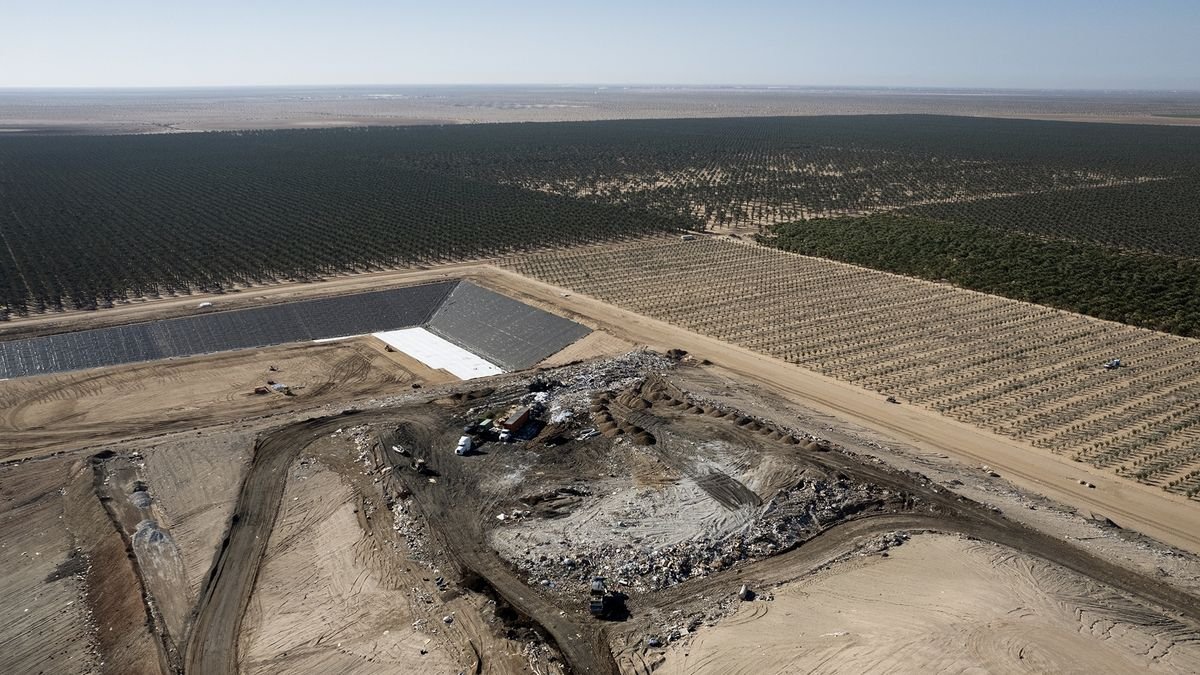The initiative signifies a concerted push by the EPA to address environmental hazards and promote community well-being through targeted cleanup efforts.
The U.S. Environmental Protection Agency (EPA) has announced a significant step in its efforts to address environmental hazards, revealing plans to initiate new cleanup projects at 25 hazardous waste sites spread from New Jersey to Oregon.
The endeavor, funded with $1 billion, marks a substantial investment in the EPA’s Superfund program, established in 1980 to remediate land tainted by industrial pollution and pave the way for sustainable redevelopment.
The allocation of $1 billion represents the third and final tranche of a $3.5 billion fund, as authorized by the bipartisan infrastructure bill signed into law by President Joe Biden in 2021. Janet McCabe, Deputy Administrator of the EPA, emphasized the transformative impact this funding will have, particularly for communities long afflicted by environmental degradation. “This funding will help improve people’s lives, especially those who have long been on the front lines of pollution,” stated McCabe during a press briefing.
Notably, 75% of the targeted sites are situated in historically underserved communities, reflecting a commitment to prioritize environmental justice. McCabe highlighted that over 25% of Black and Hispanic Americans reside within close proximity—within three miles—of a Superfund site, underlining the disproportionate impact of pollution on marginalized communities.
Among the sites slated for cleanup, New Jersey features prominently, with three locations identified for remediation efforts. Notably, the Raritan Bay Slag site in Old Bridge and Sayreville will receive attention, addressing pollution stemming from the industrial use of slag—a byproduct of metal smelting—in the construction of a seawall and jetty during the 1960s and 1970s.
Representative Frank Pallone of New Jersey applauded the funding initiative, noting its synergy with anticipated contributions from the reinstatement of “polluters pay” taxes under the infrastructure law and Biden’s Inflation Reduction Act. Pallone underscored the principle of corporate accountability, stating, “Reinstating that Superfund tax is really only about basic fairness that corporate polluters, not taxpayers, should have to pay to clean up the messes that they created.”
Meanwhile, in Clackamas, Oregon, the cleanup efforts will focus on the Northwest Pipe & Casing/Hall Process Company site, where decades of pipe manufacturing and coating operations have resulted in soil and groundwater contamination. The EPA identified solvents, primers, coal tar, and other pollutants as significant concerns at the site, highlighting the multifaceted challenges associated with hazardous waste cleanup.
The initiative signifies a concerted push by the EPA to address environmental hazards and promote community well-being through targeted cleanup efforts. With funding secured and plans set in motion, the EPA’s Superfund program aims to not only remediate polluted sites but also lay the groundwork for sustainable redevelopment, fostering a future where environmental stewardship and economic vitality go hand in hand.
